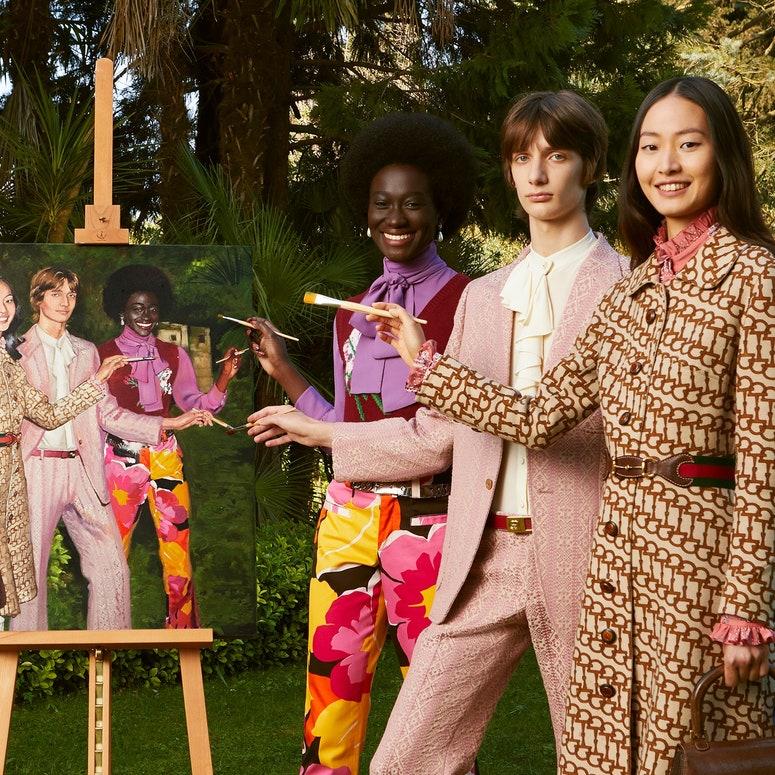Why will we all be obsessed with vintage clothing in 2022?
The importance of vintage reflects the popularity of second-hand purchases today. “Definitely, the increase in interest [for vintage] is growing and this spike has been exponential since the Covid-19 pandemic,” says Blanchet. "Our heritage, our roots, our planet, the value we place on things, stories and quality, are now more essential to everyone."
The desire to make more conscious purchases is a big factor as many of us try to reduce the carbon footprint of our wardrobes. “The conversation about sustainability is becoming more and more relevant, and vintage clothing is part of this discussion,” says Shrimpton Couture founder Cherie Balch. "I think designers have already realized that their customers are actively buying more vintage clothing and they may want to capitalize on that."

Retro looks on the catwalk can also give rise to a whole new vintage generation. "It's almost impossible not to know where the pieces you see on the runway originated from when everything is on all social media, at the same time and instantly," continues Balch. “This brings more people to the vintage table because while the new collections may reflect their styles from the past, they still come at high-end luxury prices. So the quest to recreate a runway look that you might be able to afford [means] more people are encouraged to buy vintage."









